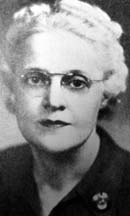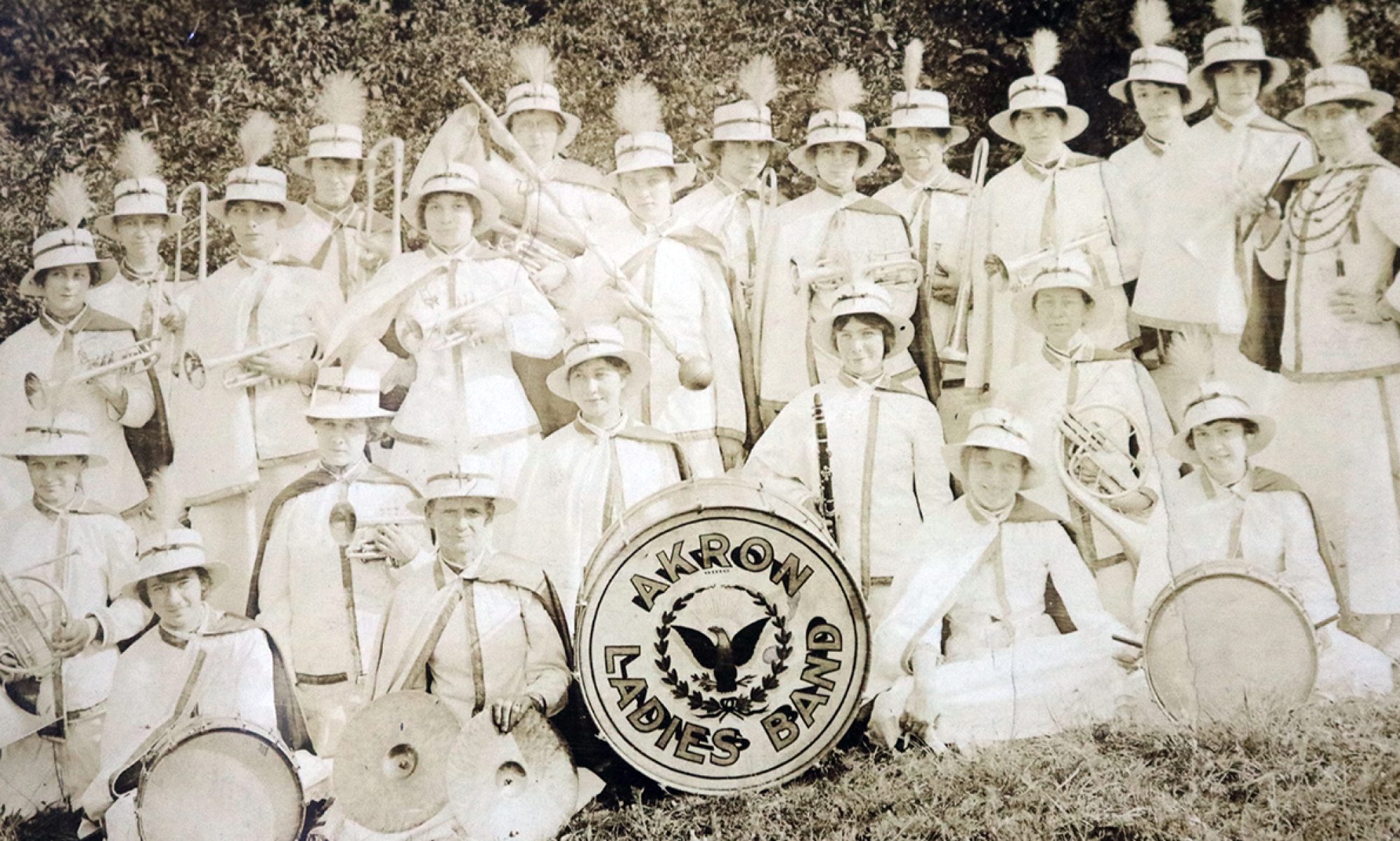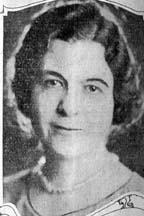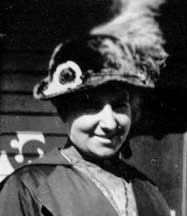
Geraldine Virginia Braley was the first and, for decades, the only woman who was president of a bank in Akron, Ohio. She never advocated equality with men. However, she promoted women into most of the key positions in the bank she ran.
Braley was born in New Martinsville, W.Va., but her formative years were spent in Thurston, Ohio. She attended elementary and high school in Fairfield County’s centralized school system and attended business college in Columbus, Ohio.
She got a job at a Columbus ice cream firm and came to Akron to manage that company’s office in that city. She then went to work for the old Hower Department Store as the manager of its business office.
It was while she worked there that she first heard of a new bank about to open. In 1921, she joined Society Savings and Loan as its first employee. The bank quickly became successful, so successful, in fact, that the trustees questioned the wisdom of having a woman involved. Braley was let go and she soon found a job in the office at B.F. Goodrich.
Those bank trustees, however, realized that they had made a terrible mistake; they wanted her back and offered her the position of assistant treasurer. Braley returned and never left Society Savings, which became First Federal Savings and Loan of Akron, again.
Braley became an expert in the banking industry. She read all the trade publications; she attended banking conferences; she went to school at The University of Akron and took classes in savings and loans and psychology. She knew her field and she got along well with the customers. The Beacon Journal reported in 1937 that she enjoyed helping wage earners achieve home ownership.
In 1941, she was named chief officer of the bank with the title of executive secretary. In 1943, she was elected president and was elected president every year until she retired in 1960.
Braley contended there were three ingredients for success in business: a mathematical mind, an expertise in the field (based on study and reading of trade publications) and knowledge of her business from the bottom up.Anyone — male or female, who had that mathematical mind and was willing to put in the time and effort, could achieve success in banking or any other business, she argued.
In her career, however, she preferred to work with women. She trained them; she put them through every phase and part of the organization; then she promoted them to positions that women seldom held in banking at the time. In return, a colleague said she “expected loyalty, production, accuracy and speed….”
Braley was well respected nationally in the banking industry. She was named to key committees of the U.S. Savings and Loan League. She was also elected president of the Summit-Portage County Savings and Loan League.
After her retirement, Braley moved to Passaic, N.J. She died there in 1964 at the age of 73.
Photo courtesy of the Beacon Journal.
–Kathleen L. Endres





